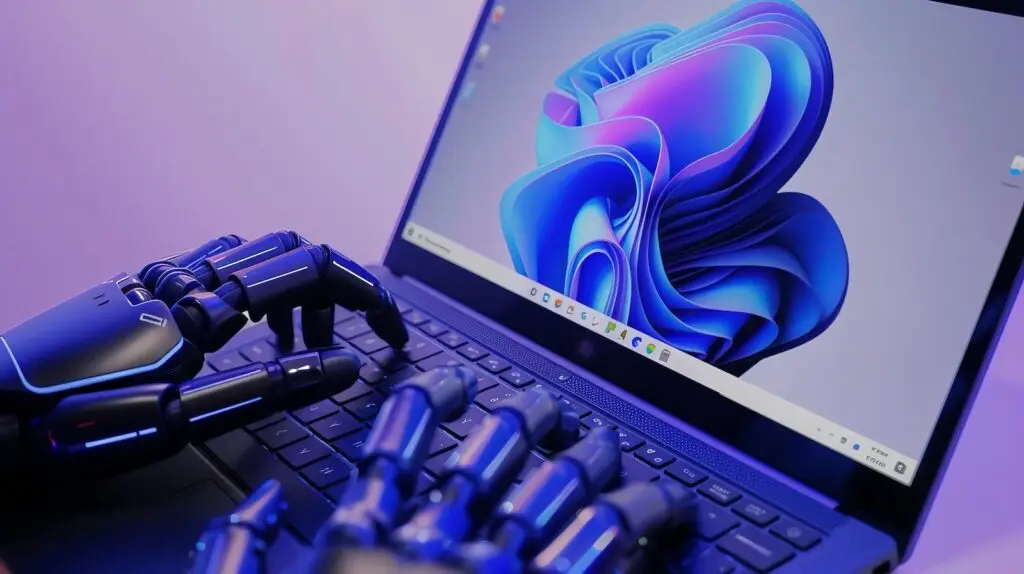Users can now replace unwanted objects with AI-generated content using Microsoft’s Windows Photos app, which has a built-in generative erase tool.
An older” Spot fix” feature that assisted in retouching photos and removing blemishes and other flaws in the image was built on top of this new capability.
However, compared to” Spot fix,” the recently released” Generative erase” tool achieves a more realistic result when erasing objects from photos, even when working with large areas.
According to Microsoft, the app’s well-known Spot fix tool has been enhanced with the aid of AI and is now known as generative erase.
” With the help of this feature, you can fix and get rid of visual clutter and background objects from your photos.”
Using a generative eraser
- Select Erase from the Edit Image menu.
- Remove the items or areas by brushing them over.
- To achieve the desired level of precision, change the brush size.
Auto Apply can be disabled to simultaneously remove multiple objects or add or remove masks for more precise control. Each mask denotes a space that will be filled with AI-generated content after being removed.

Today, Windows Insiders on all platforms, including those running Windows 10 in the Release Preview Channel, will be able to use this feature.
Windows Insiders must upgrade the Windows Photos to version 2024.11020.21001.0 or higher in order to gain access.
Microsoft is making all AI-powered editing features of its Windows Photos app available for Arm64 devices using Windows 11, according to the Windows Insider team.
The company has just begun testing the Generative Erase, Remove and Replace Background, and Blur Background.
Additionally, these AI-powered photo editing tools, which were previously only accessible on Windows 11 systems, are now also accessible to Windows 10 users.
Redmond has also begun testing the multi-gigabit Wi-Fi 7 support in Windows 11 as well as the USB4 Version 2.0 specification, which offers up to 80 Gbps transfer speeds over USB Type-C cables.











